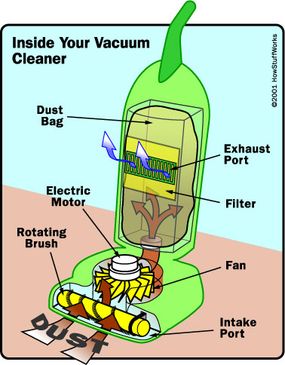10 years of experience as a food machinery equipment manufacturer
10 years of experience as a food machinery equipment manufacturer
Vacuum rollers are specialized components widely utilized in industrial settings where secure transport and precise handling of flat, flexible materials are essential. Functioning on the principle of suction or negative pressure, these rollers offer a non-mechanical grip, making them highly versatile across numerous applications.

At its essence, a vacuum roller comprises a perforated cylindrical surface connected internally to a source of vacuum. When vacuum is applied within the roller, atmospheric pressure pushes the material firmly against the roller’s outer surface through these perforations. This creates a controlled holding force. The key components typically include:
Vacuum rollers are indispensable in processes requiring smooth, controlled movement and registration of sheet materials without mechanical clamping or pins. Their non-marking grip is a significant advantage. Common applications span:
The widespread adoption of vacuum rollers stems from their distinct functional advantages:
Choosing the right vacuum roller requires careful evaluation of several parameters:
By providing a secure, non-marking method of transporting flat materials, vacuum rollers significantly enhance efficiency, quality, and reliability in countless manufacturing processes. Their design harnesses the simple power of vacuum to solve complex handling challenges across diverse industries.
